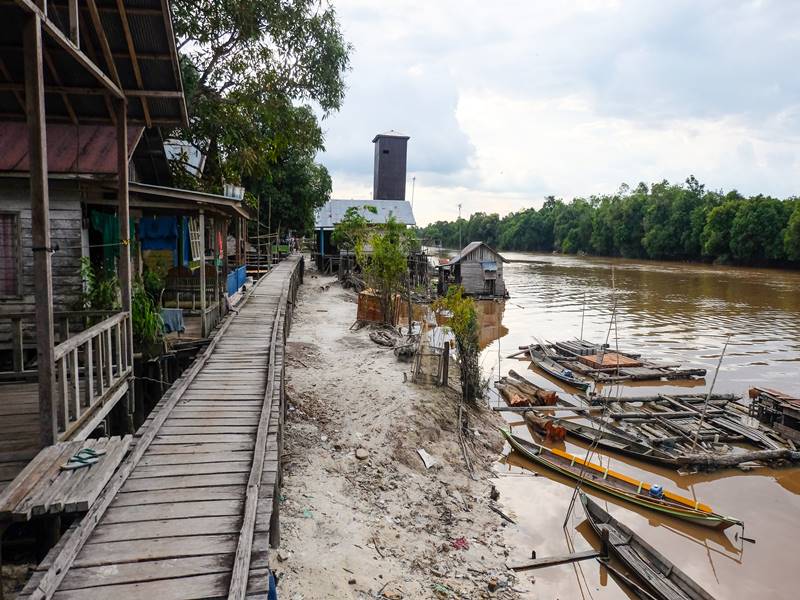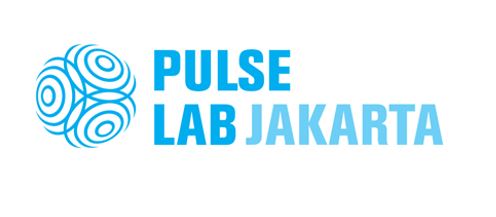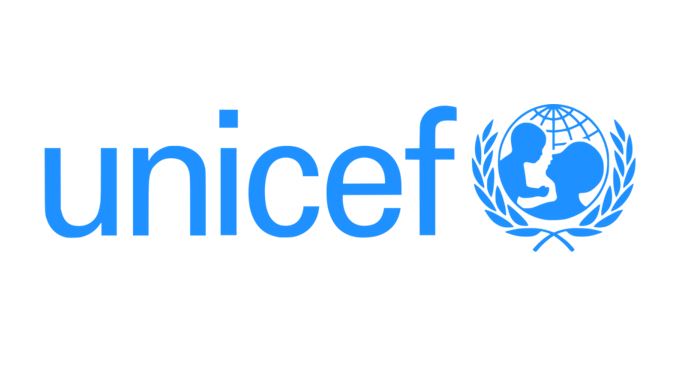

raised of $4,705
1 people have pitched in
100% funded
We are testing the effectiveness of a low-cost emergency kit which, if effective, can protect people’s respiratory health during haze conditions.
THE PROBLEM
Forest fires are an annual problem during Indonesia’s dry season. During this season, fires are commonly lit to clear and prepare land for agricultural development. This practice is especially prevalent in parts of Sumatra and Kalimantan. These fires create high levels of air pollution, commonly referred to as “haze”.
A 2016 study published by researchers at Harvard and Columbia University suggested that the particularly severe 2015 haze event may have led to the premature deaths of over 100,000 people. The majority of these deaths are believed to have been in Indonesia. During the same year, Indonesia’s disaster management agency said that more than 43 million Indonesians had been exposed to smoke from the fires, and half a million had suffered acute respiratory infections.
At the dry season’s peak, air pollution will often exceed the maximum level of 1,000 on the international Pollutant Standard Index (PSI) - anything above 300 is considered hazardous. The toxic smoke causes widespread respiratory, eye, and skin ailments. These health conditions are especially hazardous for the very young and elderly, as the haze includes dangerous levels of carbon dioxide, cyanide, and ammonium. The long-term health impacts from prolonged exposure to haze are not yet known, but experts have predicted they will be significant.
THE SOLUTION
To help minimize the health impact resulting from exposure to haze, we will test haze emergency kits comprising of:
1. An air purifier sourced from Smart Air Filters
2. Safe room modification materials to block air gaps within a house, including:
- Foam to seal around windows
- Tape to cover air gaps in walls and ceilings; and
- Rubber inserts for windows and doors
The team will check and monitor the following indicators from each item in the kit:
1. Air purifier:
- The effectiveness of the air purifier in reaching an acceptable air quality level (aiming for moderate PM 2.5 as set by the World Air Quality Index team - AQICN).
- The time needed for the air purifier to reduce pollution levels to an acceptable PM 2.5 Air Quality Index level; and
- The longevity of the HEPA filter during extreme haze conditions over the 3 month haze exposure period.
2. Safe room: The effectiveness of the safe room modification materials in aiding the air purifier to reach acceptable air pollution standards during extreme haze conditions.
3. 3M Mask, N95
- The effectiveness of the mask during haze conditions, especially for children; and
- The feasibility of a fit-test procedure in the field prior to mask usage.
THE EXPECTED IMPACT
If our low-cost emergency kit - consisting of an air purifier, safe room toolkit and mask - is effective, we hope this solution will help protect people’s respiratory health during haze conditions.
PROJECT COST
Solution
Costs associated with project coordination and the technology
$2,540
Project Management
Costs associated with data collection and analysis
$1,356
Administration Fee
Cost of transferring payments internationally, processing online donations (5%) and a contribution to Kopernik's operational costs (15%)
$809
Total $4,705
Kopernik Solutions provided a sub-grant to a trusted partner organisation who is implementing this project.




![[object Object]](https://api.kopernik.info/pictures/project/Providing Disaster Relief_Haze Emergency Kits Phase One_02.jpg)
![[object Object]](https://api.kopernik.info/pictures/project/Providing Disaster Relief_Haze Emergency Kits Phase One_03.jpg)
![[object Object]](https://api.kopernik.info/pictures/project/Providing Disaster Relief_Haze Emergency Kits Phase One_04.jpg)
![[object Object]](https://api.kopernik.info/pictures/project/Providing Disaster Relief_Haze Emergency Kits Phase One_05.jpg)
![[object Object]](https://api.kopernik.info/pictures/project/Providing Disaster Relief_Haze Emergency Kits Phase One_06.jpg)
